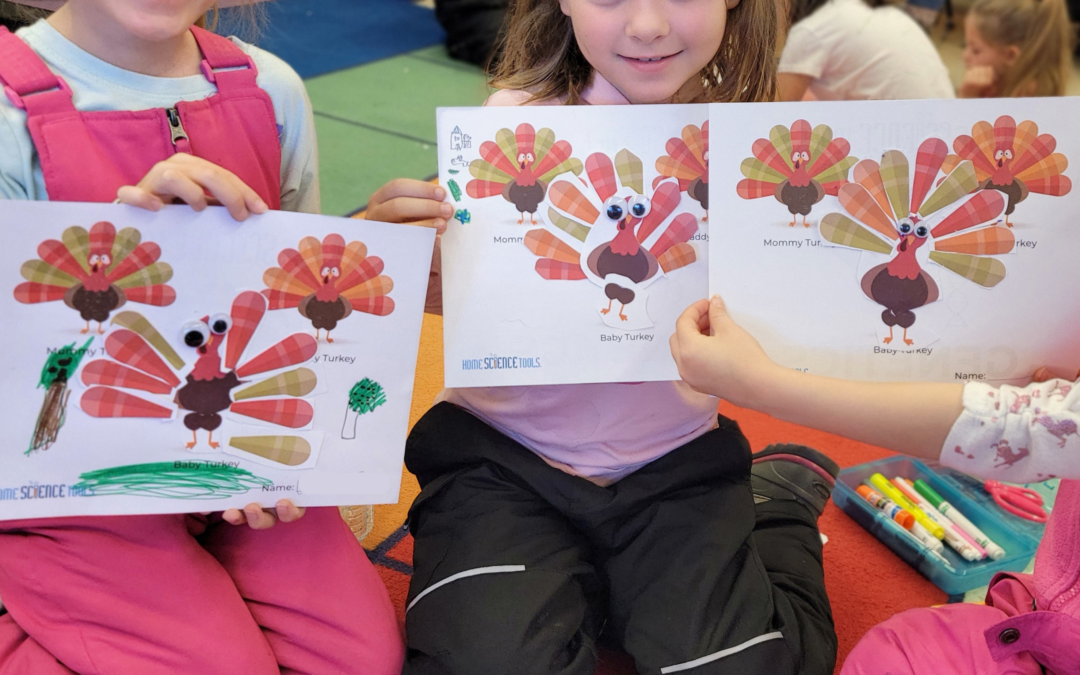Our first article on keeping a science notebook gave you reasons for keeping a notebook. This article has practical advice on teaching junior high and high school students with science notebooks.
The notebook is a snapshot of the student and his or her understanding of the subject.
With practice, keeping the science notebook will become a habit. Structured writing supports clear thinking, a life skill the student will use beyond the classroom.
Notebooks also keep a science class organized, and make it easy for the teacher to assign grades.
What Do Science Notebooks Contain?
The science notebook will contain detailed descriptions, data collections, references, definitions, sketches, and graphs. Designs, thoughts, and conclusions are also included; unique to each individual.
- Descriptions – record the setup or results of an experiment, the details of a dissection, or the details of a plant species.
- Data collections – use the four steps of the scientific method, and record what happens. Collect temperature readings, measure growth, etc.
- References – use the notebook as a tool for taking notes, and enjoy looking back on what you’ve studied.
- Vocabulary terms and definitions – write vocabulary terms in a specific place, such as at the beginning or end of a lesson. Include a definition in your own words, or copied. Make sure it makes sense to you. Having this in the science notebook makes it more accessible and aids in memory.
- Sketches – show details that are difficult to explain with a simple sketch. Get creative with colored pencils to show accurate depictions.
- Graphs – use graphing paper to make a neat and orderly representation of collected data. Bar graphs are simple and effective for many purposes.
- Designs – drawing designs allows the artistic or engineering oriented student to have a place for their plans and ideas.
- Thoughts and conclusions – each experiment should have a conclusion. Have students express what happened and why, and what they think about it.
Personal notes, graphs, and important details all have a place in the science notebook. Who knows, your student may be famous one day and a discovery made in high school will be inside a notebook!
A Systematic Plan
Organize science notebooks in a neat and consistent format.
 Here’s how:
Here’s how:
- Keep a science notebook for each science subject: Earth Science, Biology, Physics and Chemistry. In Junior High these subjects may be called Life Science and Physical Science.
- You may also like your students to keep two notebooks: one for classroom experiments and notes, and one for out of class adventures. The traveling notebook can contain sketches, ideas, and thoughts done by the student.
- Use a notebook with plain pages. A spiral-bound notebook is ideal, so pages lay flat.
- You may need to glue items such as graphs into the notebook. Liquid glue such as Elmer’s is recommended. A glue stick dries out quickly and makes the notebook less permanent.
- Using ink rather than pencil is also more permanent. If there is an error, drawing a single line through it once is the best choice. Using correction fluid is not recommended as it becomes sticky and messy.
- Number pages in a specific place (top right, for instance). Have the student leave the first two pages blank to make a table of contents.
- Start a new page for each topic. Don’t let students tear pages out of the notebook.
- Keep the notebook separate from experiments to prevent spills.
- It’s a good idea to include contact information to return the notebook to the owner if it’s lost.
- The date is crucial for accurate documentation. Write it with numbers and the full year, such as 1/20/2018.
Here’s how a notebook can help a teacher with grading:
- Make the notebook interactive. The teacher should have space to ask questions or comment on the students work. The student can also ask questions of the teacher.
- The notebook may also be used for grading the student’s labs, based on the completeness of notes. It is also a means of knowing what the student understands.
There is a wise saying: “inspect what you expect.”
If you never look at a student’s science notebook, there is no reason for the students to produce a neat, organized, and thorough notebook.
Use the science notebook as a tool. You and your student could derive great pleasure from the communication in this learning experience.





